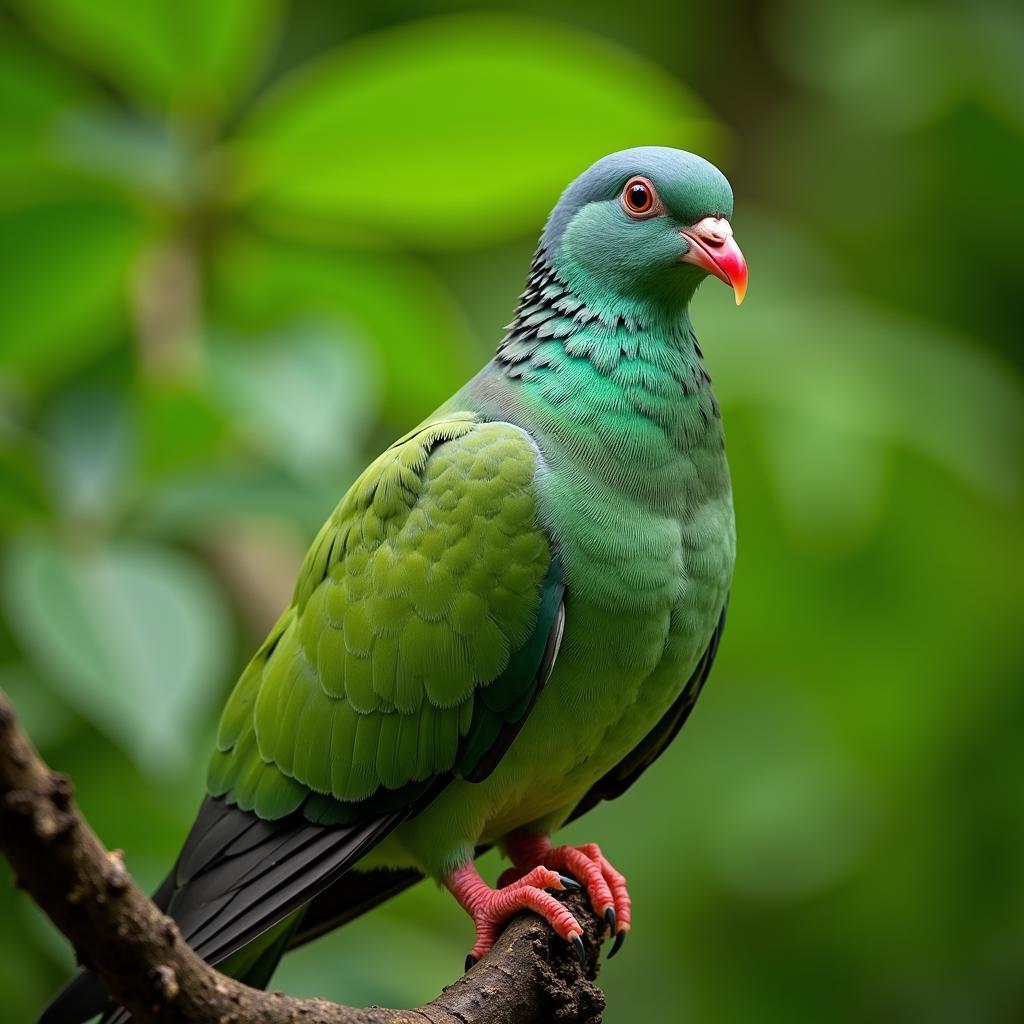The Vibrant World of African Cichlid Mix
African Cichlid Mix tanks are a captivating and popular choice for aquarium enthusiasts. Their vibrant colors, diverse behaviors, and relatively easy care requirements make them a fascinating addition to any home. But creating a thriving African cichlid mix community requires careful planning and understanding. From tank setup and water parameters to species compatibility and diet, there are several crucial factors to consider when embarking on this aquatic adventure.
Understanding African Cichlid Mixes
African cichlids, originating from the Great Rift Valley lakes of East Africa, are renowned for their dazzling array of colors and patterns. A well-planned African cichlid mix showcases this natural beauty, creating a dynamic and visually stunning underwater world. The key to a successful mix lies in understanding the different types of African cichlids and their specific needs. Broadly, they are categorized into two main groups: Mbuna (rock-dwelling) and Haps (open-water). Mbuna are generally smaller, more aggressive, and territorial, while Haps are larger, more peaceful, and prefer open swimming spaces. Choosing the right combination of species is essential for a harmonious tank environment.
Choosing an African cichlid mix offers the opportunity to create a vibrant and active aquarium. By considering the specific needs of each species, you can ensure a thriving community. Do you know you can even find African cichlids for sale free shipping?
Setting up the Perfect Environment for Your African Cichlid Mix
A spacious tank is crucial for an African cichlid mix, especially given their territorial nature. A minimum of 55 gallons is recommended, with larger tanks being preferable for larger species or more diverse communities. The tank should be furnished with rocks and caves to provide hiding places and territories, mimicking their natural habitat. Adequate filtration is also essential to maintain water quality, as African cichlids produce a significant amount of waste. Regular water changes are also necessary to remove nitrates and other harmful substances.
The water parameters for African cichlids should replicate the alkaline conditions of the Rift Valley lakes. Maintaining a pH between 7.8 and 8.6, and a temperature between 75 and 82 degrees Fahrenheit is ideal. Hard water with a high mineral content is also preferred. Achieving these conditions can be done through the use of appropriate substrates, buffers, and regular water testing. Consider African chiclids with oscars if you’re looking for a unique combination.
Choosing Compatible African Cichlid Species for Your Mix
Careful species selection is crucial for preventing aggression and ensuring a peaceful co-existence within your African cichlid mix. Avoid combining overly aggressive species, and research the temperament of each fish before introducing it to the tank. Mixing Mbuna and Haps can be challenging due to their different behavioral patterns, but it can be done successfully with proper planning. For example, combining a few less aggressive Mbuna species with a group of docile Haps can create a balanced and interesting dynamic.
Feeding Your African Cichlid Mix: A Balanced Diet is Key
African cichlids have diverse dietary requirements depending on their species and whether they are herbivores, carnivores, or omnivores. Providing a varied diet that caters to the specific needs of each fish in your mix is crucial for their health and well-being. High-quality cichlid pellets, flakes, and frozen foods, along with occasional supplements of vegetables or live food, can ensure a balanced nutritional intake. Are you interested in learning more about African cichlids with south american cichlids?
What are the common diseases in African cichlids?
Common diseases include bloat, ich, and fin rot. Maintaining proper water parameters and providing a balanced diet can help prevent these issues.
Conclusion: Creating a Thriving African Cichlid Mix
Creating a thriving African cichlid mix requires careful planning, diligent maintenance, and a deep understanding of the unique needs of these fascinating fish. By selecting compatible species, providing a suitable environment, and offering a balanced diet, you can enjoy the vibrant beauty and dynamic behavior of your African cichlid mix for years to come. Don’t hesitate to explore more resources, like information on the African cichlid tankl, to enhance your knowledge.
FAQ
-
What size tank is recommended for an African cichlid mix?
A minimum of 55 gallons, with larger tanks preferred for more fish. -
What are the ideal water parameters for African cichlids?
pH 7.8-8.6, temperature 75-82°F, and hard water. -
Can Mbuna and Haps be mixed in the same tank?
Yes, but careful species selection is crucial. -
What should I feed my African cichlid mix?
A varied diet including cichlid pellets, flakes, frozen foods, and vegetables. -
How often should I perform water changes?
Regular water changes, typically 25% weekly, are recommended. -
What are some common diseases in African cichlids?
Bloat, ich, and fin rot. -
Where can I find more information on African cichlids?
Online forums, aquarium websites, and local fish stores.
Common Scenarios and Questions
Scenario 1: Aggression in the Tank
- Question: Why are my cichlids fighting?
- Answer: Overcrowding, incompatible species, or lack of territories can lead to aggression.
Scenario 2: Fish Loss
- Question: Why are my fish dying?
- Answer: Poor water quality, disease, or stress can be contributing factors.
Further Exploration
Consider these related topics:
- African dance makeup can be surprisingly similar to the vibrant colors of cichlids.
When you need support, please contact us:
Phone Number: +255768904061
Email: kaka.mag@gmail.com
Address: Mbarali DC Mawindi, Kangaga, Tanzania
We have a 24/7 customer service team.



